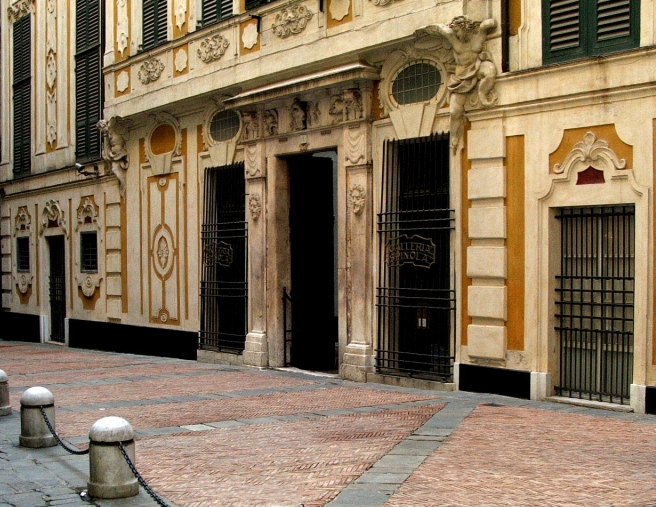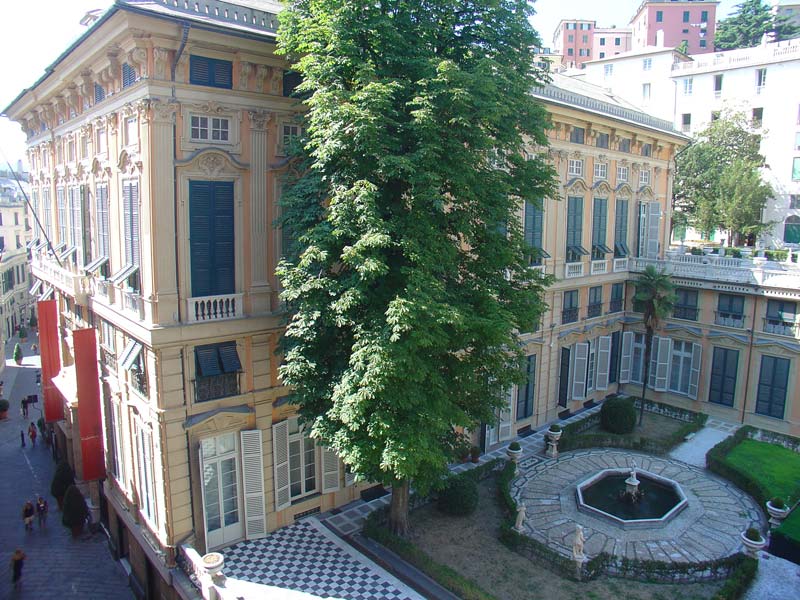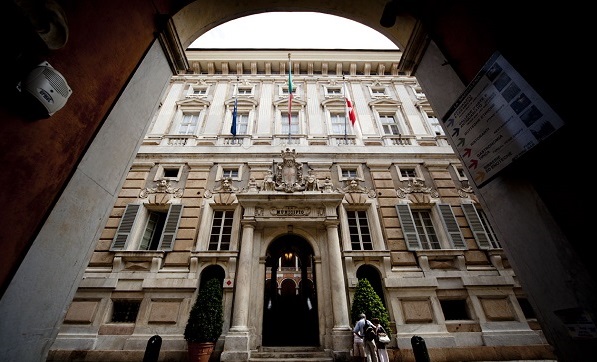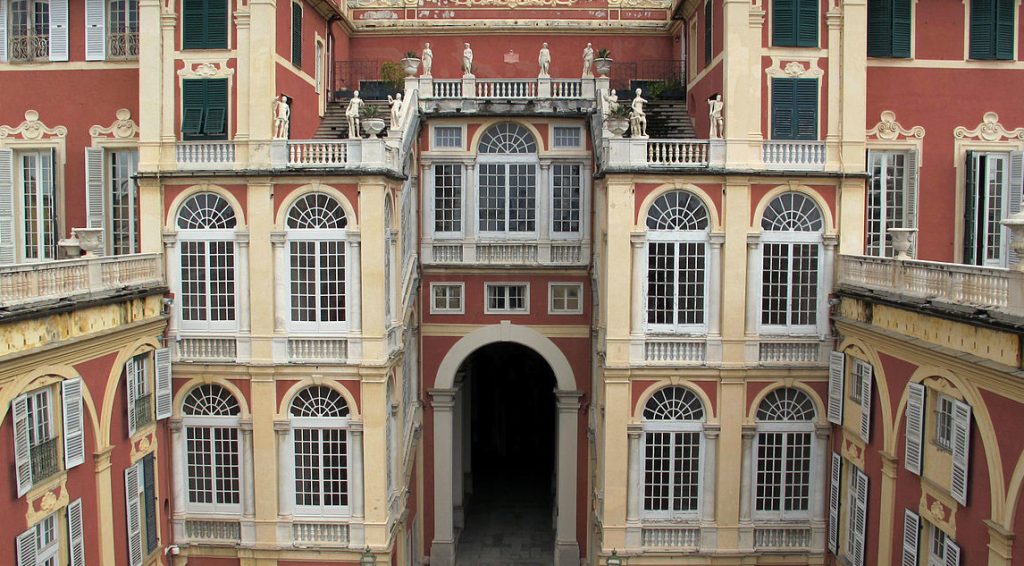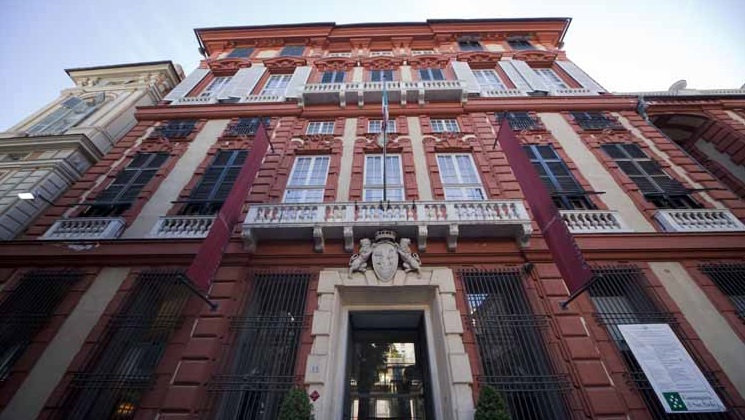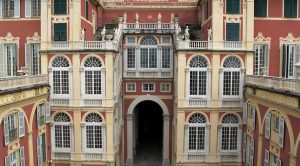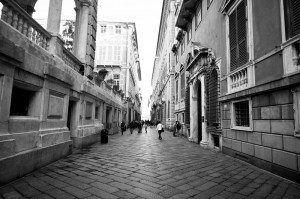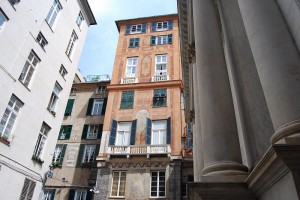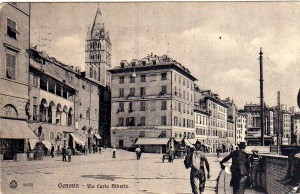Palazzi dei Rolli of Genoa
The Palazzi dei Rolli of Genoa, a UNESCO World Heritage Site, are splendid noble palaces that belonged to the families that between ‘500 and ‘600 represented the luster of the Republic of Genoa.
The UNESCO site, whose official name is “Le Strade Nuove and the system of the Palazzi dei Rolli“, has 42 buildings that are all located in the Old Town of Genoa concentrated especially in the area of the “Strade Nuove” Garibaldi, Cairoli and Balbi and in the San Luca area (at the bottom of the page the complete list). Many of these can be visited and are home to museums or public bodies (such as the Museums of Strada Nuova, the Museum of Palazzo Reale and the National Gallery of Palazzo Spinola), while others are still private residences or home to banks and foundations.
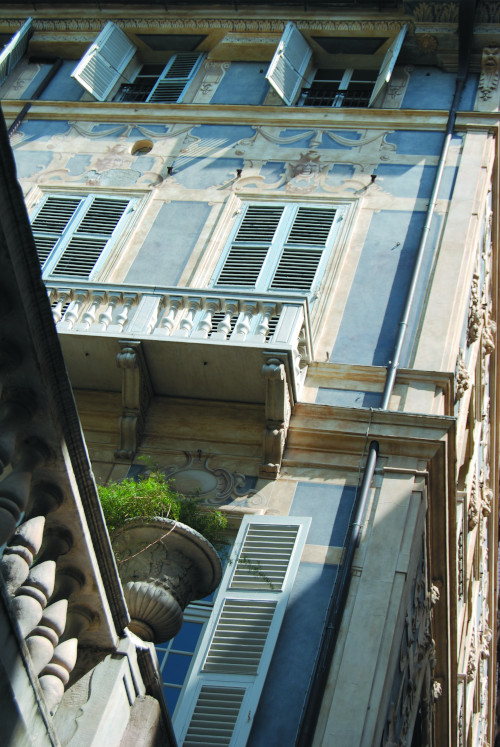
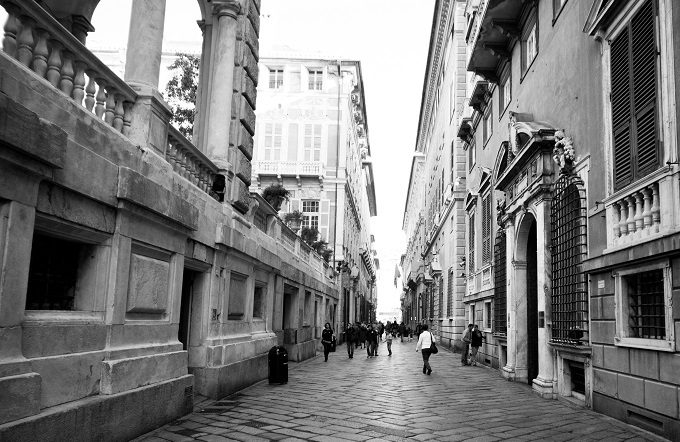
Why are they called Rolli's Palaces? What does that mean?
The Rolli were lists of buildings considered worthy of receiving the illustrious guests of the Republic of Genoa. The ancient word “Rolli” comes from the French “role” and from the late Latin “rotulus”, from which derives the Italian “ruoli” (roles) in the meaning of lists, registers.
The palaces were divided into three categories according to magnificence, furnishings, location and other factors. More important was the guest and higher was the category from which the palace (and therefore the family) was drawn by lot that would have the obligation, honor and responsibility to receive the guest.
The first list was issued in 1576, indicating 56 buildings suitable for public housing, which became 111 in 1588 and 120 in 1599. The last two lists were issued in 1614 and 1664 (96 buildings). The Palazzi dei Rolli are therefore many more than the 42 of the UNESCO site.
Where are the Palazzi dei Rolli? Citymap
Most of the Palazzi dei Rolli included in the UNESCO site are located in the area of the Strade Nuove and in the immediate vicinity. “Strade Nuove” (new roads) specifically mean the current via Garibaldi (of the ‘500) and the nearby piazza Fontane Marose / Salita Santa Caterina, via Balbi (‘600) and the “Nuovissima” via Cairoli including the area of Largo Zecca / Nunziata. The remaining buildings are concentrated mainly in the San Luca area (go to the itineraries / video tours 1 and 2). But the Palazzi dei Rolli, as mentioned, were more than double the 42 of the UNESCO site. These are mostly located in the areas of San Lorenzo, Campetto, Canneto il Lungo (go to the itinerary), San Matteo and San Bernardo (go to the itinerary). Here is the map and the list of the 42 buildings of the UNESCO site.
- Palazzo Doria Spinola Largo Lanfranco, 1
- Palazzo Della Rovere Clemente Piazza Rovere, 1
- Palazzo Spinola Giorgio Salita Santa Caterina, 4
- Palazzo Spinola Tomaso Salita Santa Caterina, 3
- Palazzo Spinola, Giacomo Piazza Fontane Marose, 6
- Palazzo Ayrolo Agostino Piazza Fontane Marose, 3-4
- Palazzo Interiano Paolo e Nicolò Piazza Fontane Marose, 2
- Palazzo Pallavicini Agostino Via Garibaldi, 1
- Palazzo Spinola Pantaleo Via Garibaldi, 2
- Palazzo Lercari Franco Via Garibaldi, 3
- Palazzo Pallavicino Tobia Via Garibaldi, 4
- Palazzo Spinola Angelo Giovanni Via Garibaldi 5
- Spinola Gio Battista Via Garibaldi, 6
- Palazzo Lomellini Nicolosio Via Garibaldi, 7
- Palazzo Spinola Lazzaro e Giacomo Via Garibaldi, 8-10
- Palazzo Doria – Tursi Via Garibaldi, 9
- Palazzo Lomellini Baldassarre Via Garibaldi 12
- Palazzo “Bianco” Via Garibaldi, 11
- Palazzo “Rosso” Via Garibaldi, 18
- Palazzo “della Meridiana” Salita San Francesco, 4
- Palazzo Brignole Gio Carlo Piazza della Meridiana, 2
- Palazzo Lomellino Bartolomeo Largo Zecca, 4
- Palazzo Lomellini Stefano – Doria Lamba Via Cairoli, 18
- Palazzo Lomellini Patrone Largo Zecca, 2
- Palazzo Belimbau Piazza Della Nunziata, 2
- Palazzo Balbi Agostino Via Balbi, 1
- Palazzo Balbi Gio Francesco Via Balbi, 2
- Palazzo Balbi Giacomo e Pantaleo Via Balbi, 4
- Palazzo Balbi Piovera Francesco Via Balbi, 6
- Palazzo Reale Via Balbi, 10
- Palazzo Centurione – Durazzo Pallavicini Via Lomellini, 8
- Palazzo Centurione Giorgio Via Lomellini, 5
- Palazzo Centurione Gio Battista Via del Campo, 1
- Palazzo Pallavicini Cipriano Piazza Fossatello, 2
- Palazzo Spinola Nicolò Via S. Luca, 14
- Palazzo Spinola – Grimaldi Francesco Piazza Pellicceria, 1
- Palazzo Grimaldi Belfiore Vico S. Luca, 4
- Palazzo Grimaldi Gio Battista Piazza S. Luca, 2
- Palazzo De Mari Stefano Via S. Luca, 5
- Palazzo De Nigro Ambrogio Via S. Luca, 2
- Palazzo Di Negro Emanuele Filiberto Via al Ponte Reale, 2
- Palazzo De Marini Croce Piazza De Marini, 1

